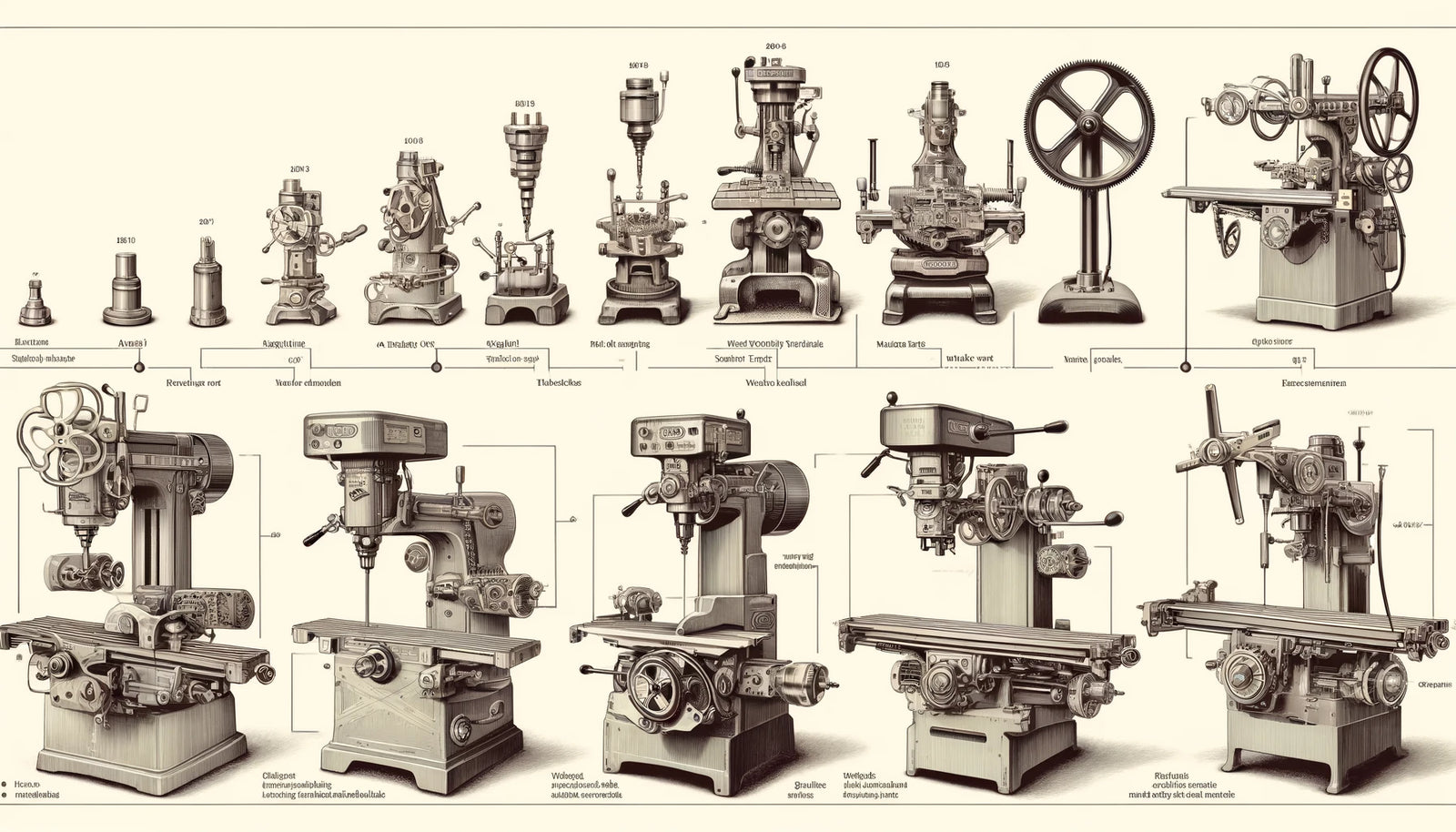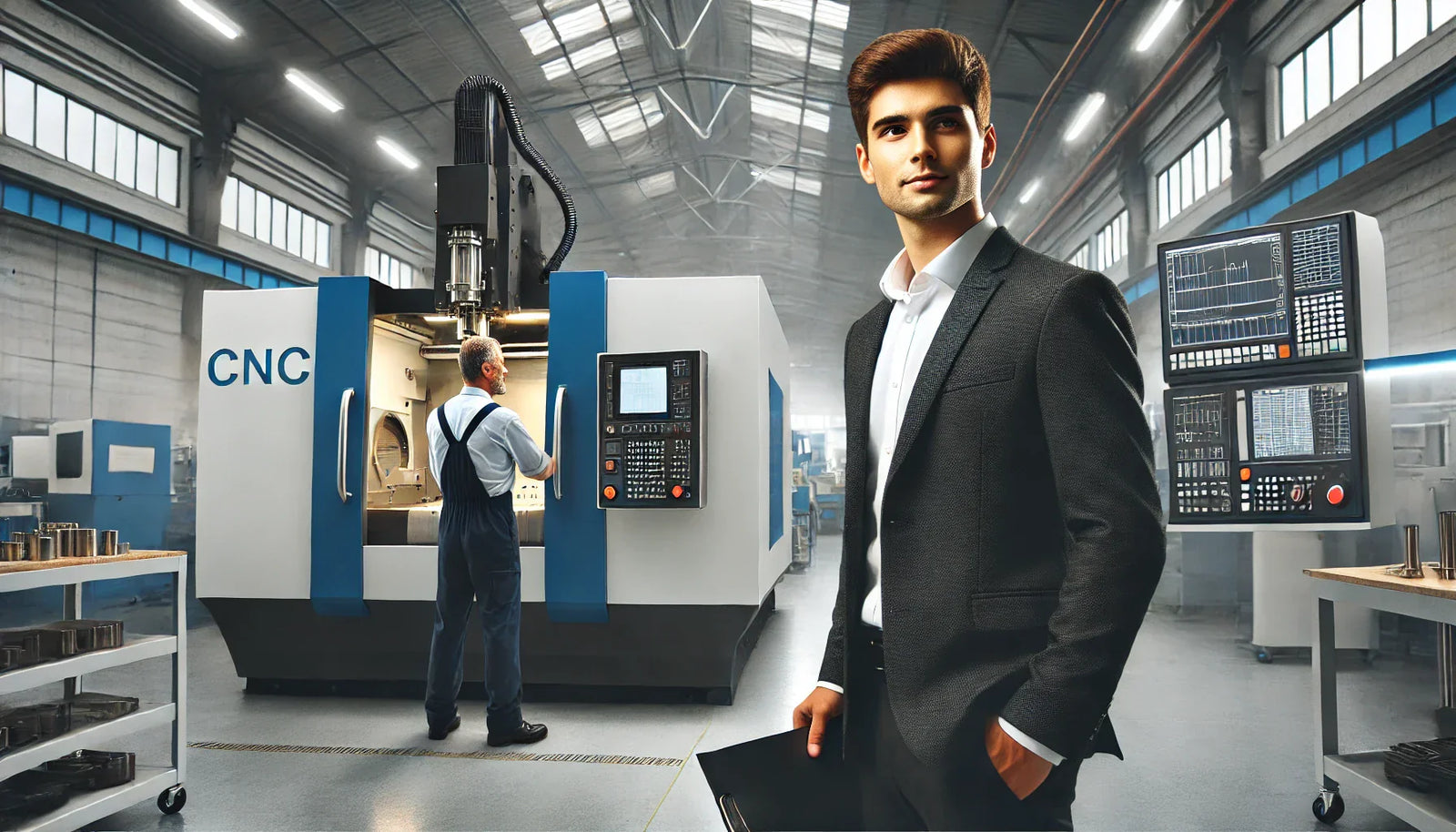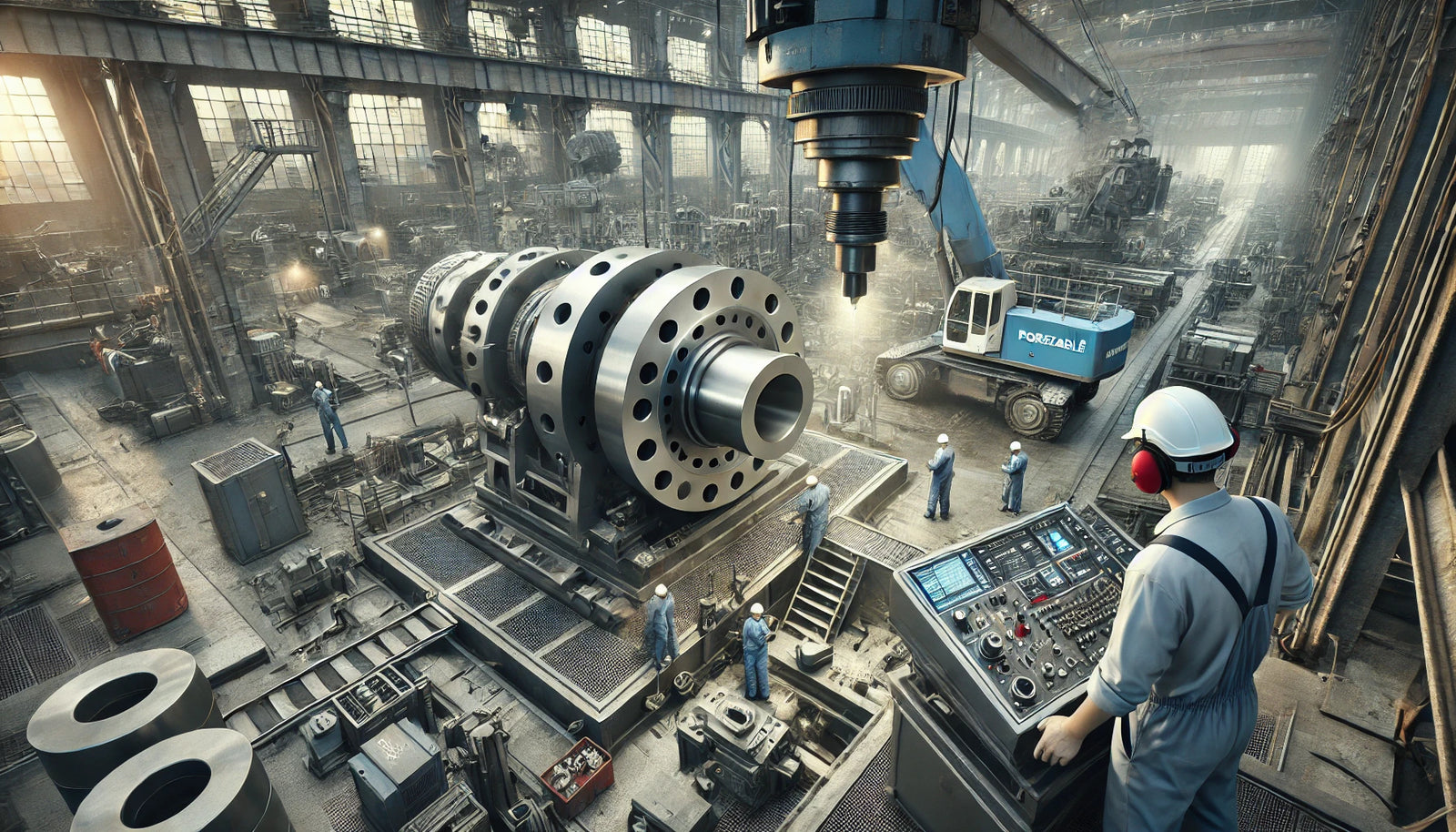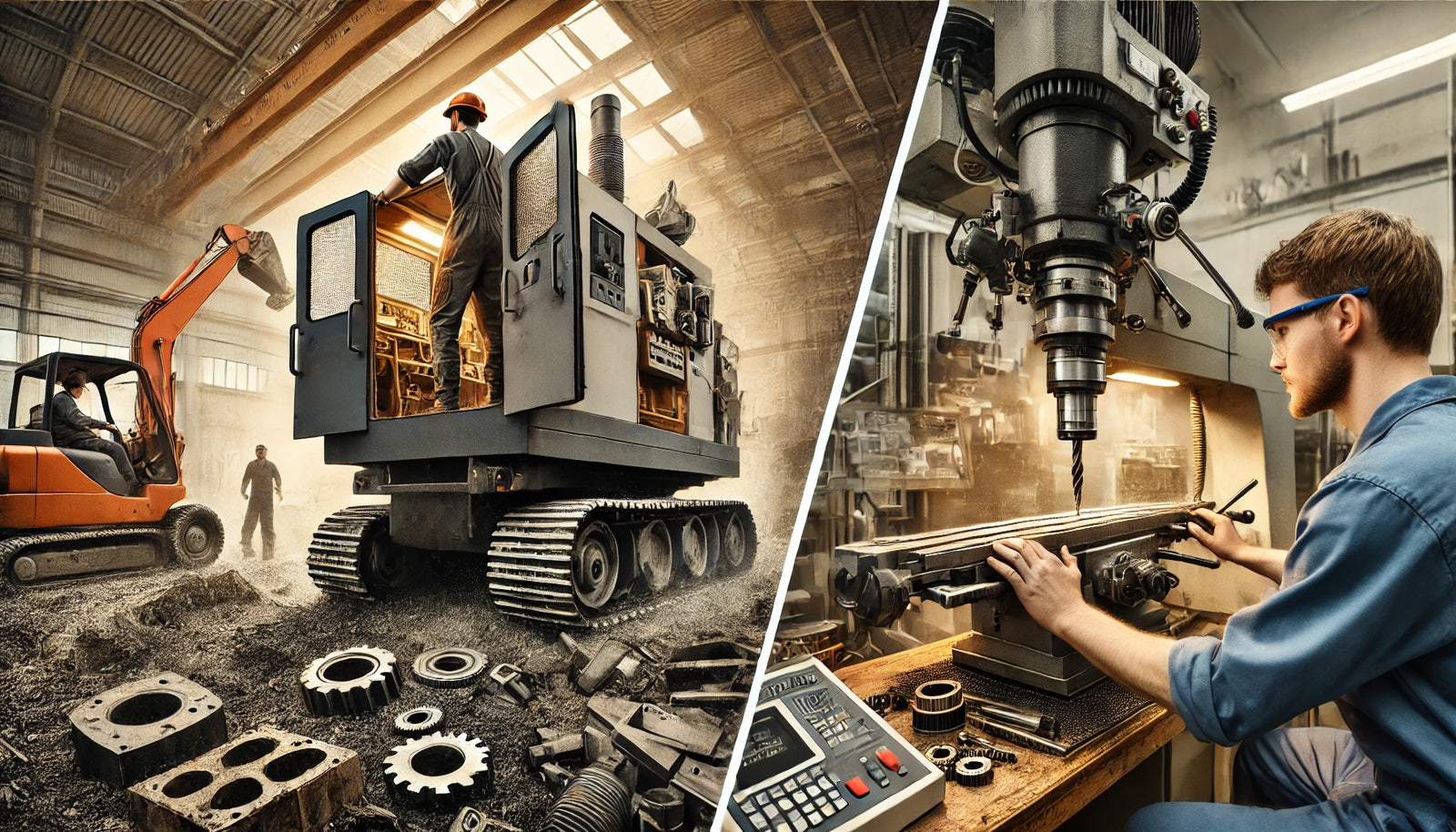In the realm of machining, few tools have left as indelible a mark as the Milling Machine. From its early days rooted in Rotary Filing to the groundbreaking advent of the **Bridgeport Milling Machine**, this versatile device has undergone a remarkable evolution, shaping the landscape of modern manufacturing.
Origins and Innovations
At its heart, the Milling Machine harnesses the power of a rotating tool known as a Milling Cutter. This cutter, replete with multiple cutting edges symmetrically arranged, engages with a metal workpiece held securely on a vise atop a table. This table boasts the ability to move along three perpendicular axes, enabling precision in three-dimensional machining. The versatility of milling operations includes cutting flat surfaces, grooves, inclined planes, dovetails, and T-slots.
The earliest antecedents of the milling machine lie in the technique of Rotary Filing, where a circular cutter with teeth reminiscent of a file was employed on a lathe's headstock. However, the march of progress and the pursuit of efficiency ushered in the era of true milling. This pivotal transition was driven by a collective of inventors and machine builders, all striving to streamline material removal processes.
While the first true milling machine is often attributed to Eli Whitney, historical insights reveal a consortium of contributors. Visionaries such as Robert Johnson, Captain John H. Hall, Simeon North, Roswell Lee, and Thomas Blanchard all played significant roles in the embryonic stages of milling machine development. Owing to proprietary designs and a lack of extensive historical documentation, the exact origins remain shrouded in mystery.
Milestones in Evolution
However, the evolution of milling machines is a narrative well worth unraveling. Key milestones stand as testament to the journey:
- Precedents in Rotary Filing (1760s): Jacques de Vaucanson's rotary file stands as an early precursor, offering glimpses into the foundations of milling technology.
- Nasmyth's Ingenious Milling Machine (1829-1831): The innovative James Nasmyth engineered a milling machine that astounded with its ability to mill hex nuts using a six-way indexing fixture, showcasing the early strides in precision machining.
- Torchbearers of the 1840s-1860s: The decades were defined by luminaries like Frederick W. Howe, Francis A. Pratt, and Elisha K. Root, who paved the way for milling machine advancements while concurrently elevating the state of turret lathes.
- Dominance of Industry Titans (1870s-World War I): This era marked the ascendancy of giants like **Brown & Sharpe** and the **Cincinnati Milling Machine Company**, asserting their dominance and shaping the milling landscape.
- Advancements in Control (World War I - Interwar Period): Post-World War I, strides in machine tool control introduced concepts like coordinate dimensioning and precision measurements, foreshadowing the eventual rise of Computer Numerical Control (CNC) technology.
- Birth of the Bridgeport Milling Machine (1938): The visionary Rudolph Bannow birthed the Bridgeport milling machine, a game-changer with its sliding-ram and rotating-turret mounting. This innovation revolutionized milling, setting new standards of versatility and design.
Celebrating a Legacy
From the roots of rotary filing to the pinnacle of Bridgeport innovation, the history of milling machines is a testament to human ingenuity and tireless pursuit of efficiency. These machines have not only transformed industries but have also reshaped the very landscape of modern manufacturing. As we reflect upon their evolution, we honor the contributions of these inventors and pioneers who collectively engineered a revolution that continues to shape our world today.





